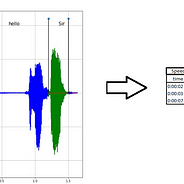
It provided new components such as Oracle Application Express, Oracle SQL Developer, Oracle Real Application Testing, Oracle Configuration Manager (OCM), Oracle Warehouse Builder, Oracle Database Vault and Oracle Shadow Copy Service. Oracle 11g pushed the envelop further, enhancing many of the features found in 10g. 10g brought about automation of most administration tasks by introducing many self-managing features like automated database diagnostic monitor, automated shared memory tuning, automated storage management, and automated disk based backup and recovery. This version also provided enhancements for advanced extensions such as Oracle RAC (Real Application Clusters), Oracle Data Guard and Oracle Streams. To this end, Oracle Enterprise Manager (OEM) gave a powerful grid control mechanism. Primarily it provided grid computing by provision of CPUs and data. It was a very stable version from the out set with many of the bugs in 9i fixed and with host of new features.

Oracle 10g was the upgraded version from Oracle 9i. These provide better capabilities to the database administrators (DBAs) to manage their multi-tiered database environments that are getting more complex and larger over the years. Therefore there are many new features in 11g built on top of those already available in 10g. A major objective of each upgraded version is to increase performance and scalability over the older version.
Difference between oracle 10g and 11g and 12c Patch#
Each new version has newer patch sets release regularly, the most significant of which are known as a release. These versions are a part of the continued evolution of the Oracle databases since the 1980s.

The latest version of Oracle databases is Oracle 11g, first released in September 2008 it succeeded Oracle 10g. Oracle databases are object-relational database management systems developed and distributed by Oracle Corporation.


 0 kommentar(er)
0 kommentar(er)
